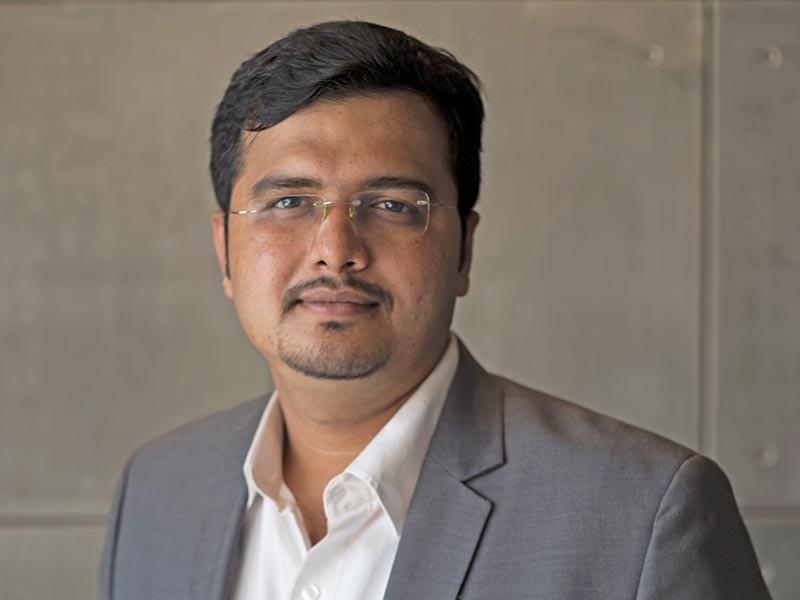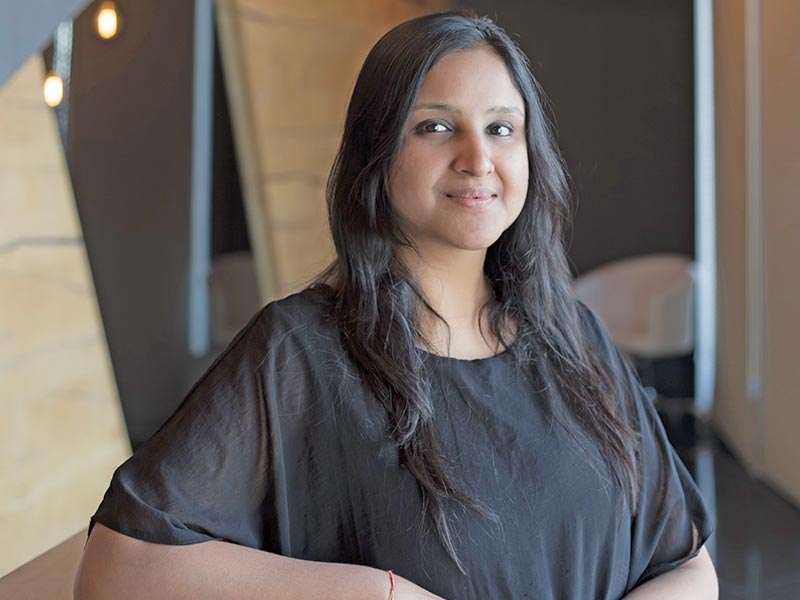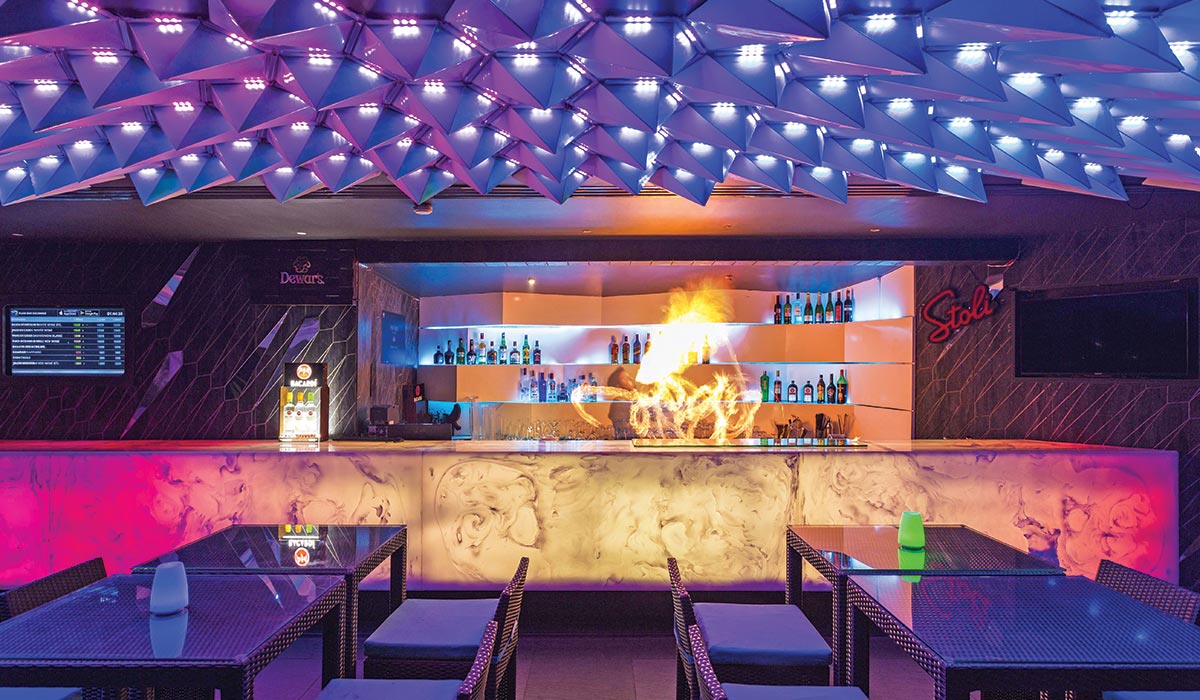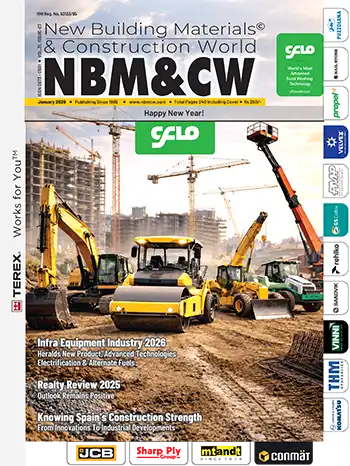
There are a lot of complex factors at play at present. The conditions — environmental, political, and lifestyle — are changing rapidly and are in a constant state of morphosis. The designers and architects have to design in a way that their projects reflect these fluctuations.
India is a very diverse nation and each city, town and village is home to different cultures and climate. Therefore, architecture has to be molded accordingly. The current scenario has effectively done away with the traditional terms used to define the “styles” of architecture and we are at a place where we are trying to break away from the influences of the past and are searching for a new language that would guide us to a unique, sensible future, which is also sustainable.
Global architectural scenario has also had an impact on our design language, though the influence is subtle, and dynamic as per the site and conditions. Yes, there are designers borrowing from the international language, but the concepts stay true to the context. In that way, we think that Indian architecture is on the right track, albeit moving forward gradually.

The advent of technologies like BIM and CAD has had a profound impact on the country’s architectural scenario. They have opened up brand new vistas for designers who needed tools to give birth to their concepts, which otherwise could have been difficult. Parametric modelling, customized designs, typical detailing, have been made easy. We think that these technical tools have been embraced whole-heartedly and rather rapidly by the design and architectural community. For a lot of designers, these technologies have made it easy to put their visions into practical and executable projects. At Studio Ardete, we make extensive use of digital tools for our projects. The new breed of architects and designers do not limit themselves to what is in ‘fashion’.
The profession, currently, is in such a state of flux, considering the rapidly changing socio-economical, climatic and political scene, that “trends” are passé. A whole new generation of architects and designers is on the rise that puts more weight on quality and practicality, and designing in context to the site and requirements. And if we see carefully, this new breed of designers do not limit themselves to what is in ‘fashion’. They make use of material, be it traditional or modern, as per the dictate of the project at hand.
In that way, materials such as brick, stone, mud, bamboo etc are coming back but composite materials still occupy an important place, as they will in the times to come. Our perception regarding use of materials is undergoing a change for the positive, allowing us to freely use any material as long as it is in context to the design and the designer’s vision.
 Fluid Bar Exchange, Chandigarh
Fluid Bar Exchange, ChandigarhIn coming times, we can forsee increased use of construction techniques like Precast, PEB, Drywall etc.
These have already been used in building many commercial buildings, in fact, a major chunk of construction is now being done using these techniques, though they may still not be comparable to the traditional methods. Drywalls are being used mostly in office and residential interiors as partitions and space segregators, but now they have come to be used in external construction as well, due to its qualities. The same is also true for the rest of these techniques. In the coming times, we would see more of these techniques being used as we move towards developing a new, unique architectural and design language.
New technologies present a major change about to take place in world architecture.
There is a plethora of new developments in sight as research in building materials and techniques has become more extensive. Already, the world is witnessing a shift as modular architecture, 3D modelling, Asset Mapping, and predictive software are coming to the fore. Photovoltaic glazing is being developed wherein buildings would be able to generate their own Electricity, and there are kinetic roads...All these technologies present a major change about to take place in world architecture, and India would not be far behind to acknowledge and embrace these changes.
Another challenge is of infrastructure development where a lot needs to be done. But the development depends on various factors such as the socio-political and economic scenario of the nation, which make it a major issue. Because of insufficient and under developed infrastructure, a lot of our ideas are hard to put into practice.















